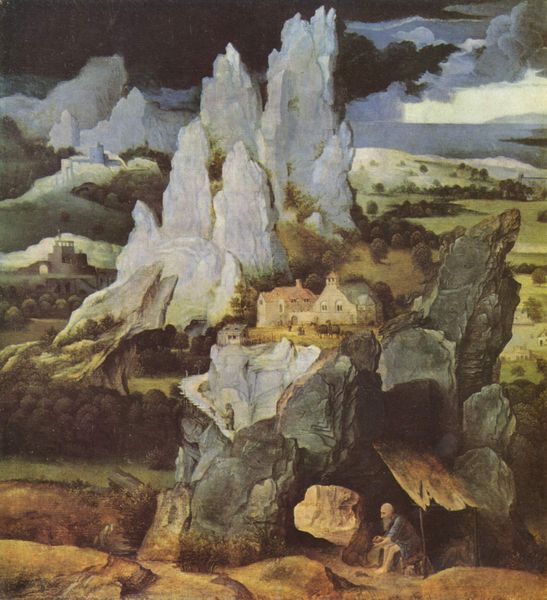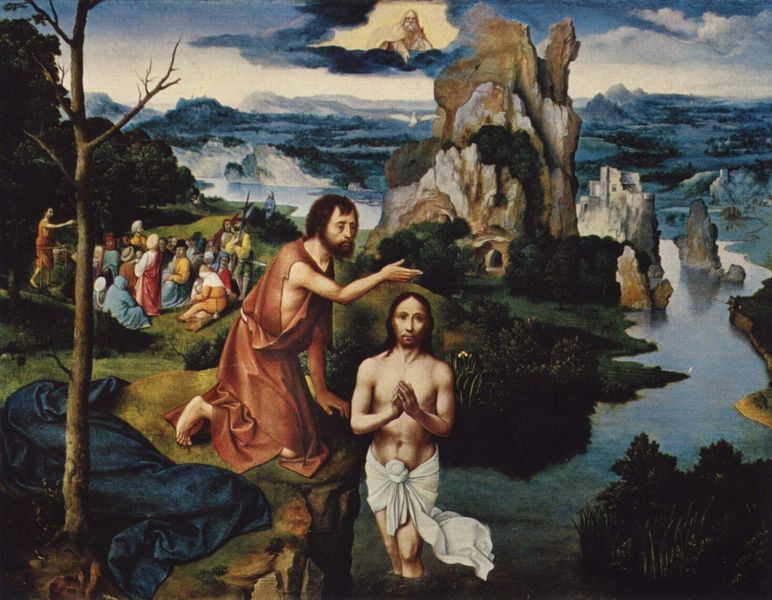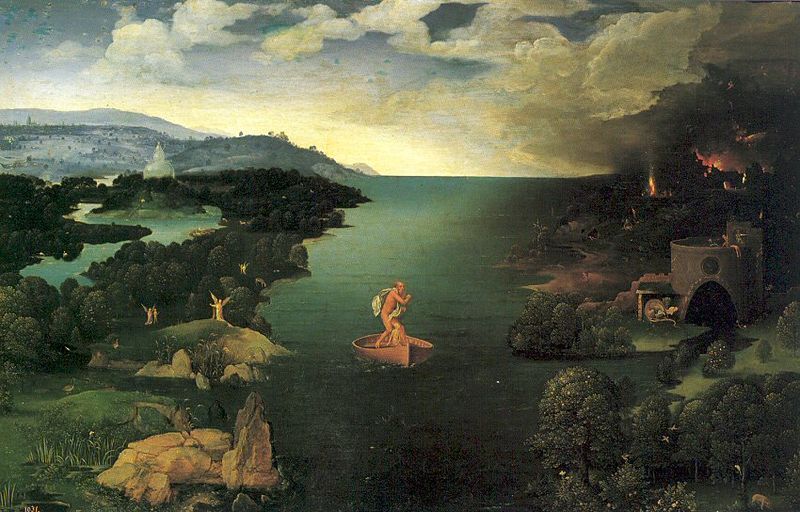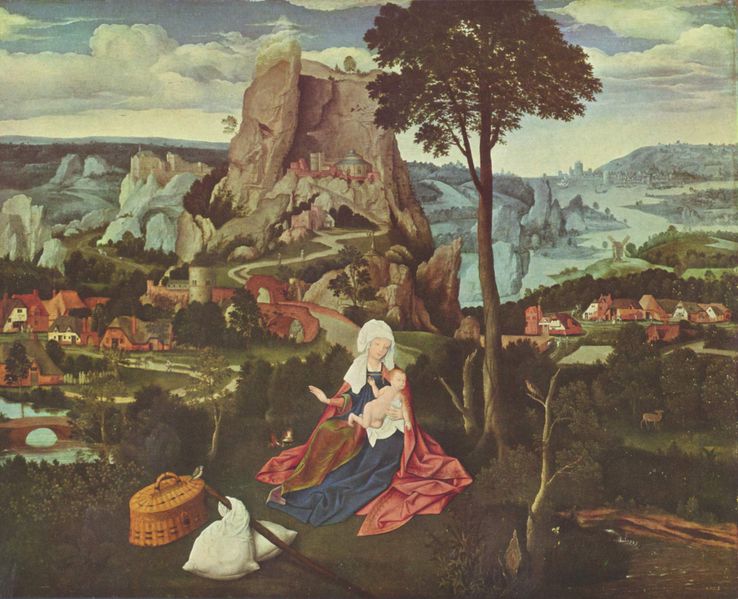Joachim Patinir (1480-1524)
We Perform Joachim Patinir art authentication. Joachim Patinir appraisal. Joachim Patinir certificates of authenticity (COA). Joachim Patinir analysis, research, scientific tests, full art authentications. We will help you sell your Joachim Patinir or we will sell it for you.

Joachim Patinir, also called de Patinier and de Patiner was a Flemish Northern Renaissance history and landscape painter. He was probably the uncle of Herri met de Bles, with whom he helped establish a distinct style of northern Renaissance landscapes.
Originally from Dinant or Bouvignes in present-day Belgium, Patinir became registered as a member of Antwerp’s painters’ guild Guild of Saint Luke in 1515, where he spent the rest of his life. He may have studied with Gerard David at Bruges, who had been registered as a guild member in the same year as Patinir. In 1511, Patinir is believed to have travelled to Genoa with David and Adrien Ysenbrandt.
In 1521, Patinir’s friend Albrecht Dürer attended his second wedding and painted his portrait. Dürer called Patinir “der gute Landschaftmaler” (“a good painter of landscapes”), thus creating a neologism translated later into the French. Patinir let his landscapes dwarf his figures, which were often painted by other artists, and his immense vistas combine observation of naturalistic detail with lyrical fantasy, the prime example of which is his The Flight into Egypt (Museum of Antwerp). Other examples of his work include The Rest on the Flight into Egypt (Prado), The Baptism of Christ (Vienna), St. John at Patmos (National Gallery, London), Landscape with the Shepherds (Antwerp), and Rest by the Way (Minneapolis Institute of Arts). There is also a triptych attributed to him called The Penitence of St. Jerome.

There are only five paintings signed by Patinir, but many other works have been attributed to him with varying degrees of probability. The ones that are signed read: Opus Joachim D. Patinier, the “D” in his signature signifying Dionantensis (“of Dinant”), which may attest to his provenance from this town.
Patinir was a pioneer of landscape as an independent genre and he was the first Flemish painter to regard himself primarily as a landscape painter. Patinir was the friend of not only Dürer, but with Quentin Metsys as well, with whom he often collaborated. The Temptation of St Anthony (Prado) was done in collaboration with Metsys. Patinir died in Antwerp in 1524, and Quentin Metsys became the guardian of his children.
The landscape with Charon Crossing the Styx is a very intricate painting. At first glance, the focus of the painting stands out clearly. The focus is in the center of the picture, where a man paddles down a river with another man much smaller than himself, in the boat. The man in the boat seems as if he is awaiting his destiny and the boat is leaning towards the right, Hell. The painting visibly depicts the details to the left and right side of the focus: heaven and hell, good and evil. To the left is a heavenly place with bright blue skies, crystal blue rivers with a luminous fountain and angels accenting the grassy hills. To the far right of the painting is a gloomy, depressing site with a dark sky. Also on the right is fire blazing off of the hills with the sky suffocating in smoke, and dead people hanging off the depicted gate of Hell.

The prevailing direction of the lines in this piece are horizontal and vertical. The painting has a high horizon, as if the viewer was looking from a birds-eye-view over the body of water. The vertical features of Patinir’s painting are the rocks, trees, hills, angels, demons and other little features that make up the details of the painting. The quality of the lines in the painting vary. To the left-hand side in Heaven, the lines are very curvy, fluid, and delicate. The river in the middle is also curvy, accented with the sharp lines of the men and the boat. On the right-hand side in Hell, the lines are very choppy and harsh, giving a distinct contrast between Heaven and Hell.
The light source of the painting is coming from the left side, the side of Heaven. Heaven is clearly lit up with a crystal blue, sunny sky. Nevertheless, there is a great deal of tonal contrast in the painting. Landscape with Charon. Crossing the Styx is representing the journey to Heaven or Hell, Heaven being luminous and Hell being murky. The river is the dividing point, which is modeled with light and shade, light being on the left side and shade being on the right side.
The landscape with Charon Crossing Styx fits into the Northern Renaissance movement of art. The 16th century developed a new era for painting in Germany and the Netherlands. Many artists including Patinir traveled to Italy to study. Their travels to the South drastically influenced their painting style. Nicolas Pioch, who wrote The Northern Renaissance states, “In the North, change was driven by another set of preoccupations: religious reform, the return to ancient Christian values, and the revolt against the authority of the Church” (Pioch). Patinir focused his paintings on religious stories with precise observation and naturalism in his landscape.

Still wondering about a Flemish landscape painting in your family collection? Contact us…it could be by Joachim Patinir.
